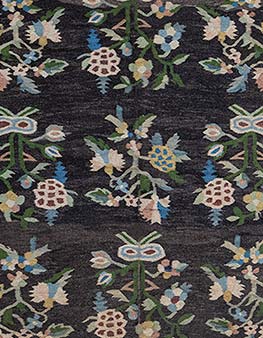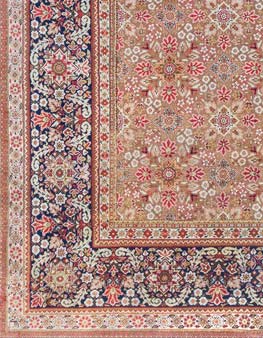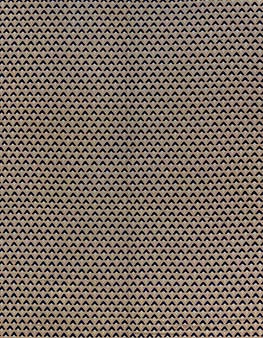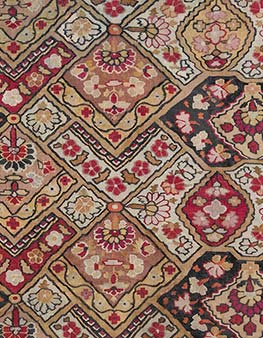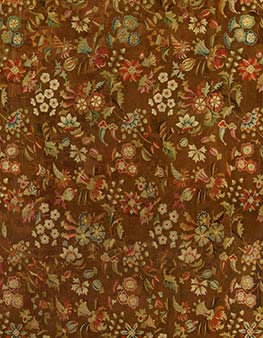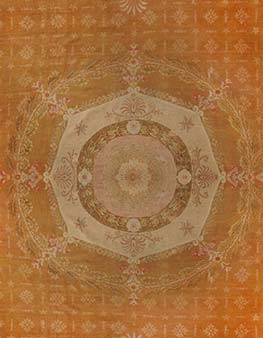History of European Rugs
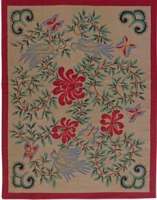 Rug production was introduced to Europe by the Moors of Spain between the eighth and thirteenth centuries. While Oriental rugs initially had a significant influence on European rugs designs, various regions came to develop their own unique European rug styles and techniques over time. In France, starting in the seventeenth century, factories in Savonnerie and Aubusson began producing some of the most exceptional European rugs and carpets of the last few centuries. From 1660 until 1743 Savonnerie was a manufacture royal, carrying out commissions for pile rugs and European carpets specifically designed for the Royal Palaces. In England, high-quality rug production in the town of Axminster in the late 18th century gradually paved the way for the Arts & Crafts rugs in the late nineteenth century when William Morris designed a pattern for an Axminster rug.
Rug production was introduced to Europe by the Moors of Spain between the eighth and thirteenth centuries. While Oriental rugs initially had a significant influence on European rugs designs, various regions came to develop their own unique European rug styles and techniques over time. In France, starting in the seventeenth century, factories in Savonnerie and Aubusson began producing some of the most exceptional European rugs and carpets of the last few centuries. From 1660 until 1743 Savonnerie was a manufacture royal, carrying out commissions for pile rugs and European carpets specifically designed for the Royal Palaces. In England, high-quality rug production in the town of Axminster in the late 18th century gradually paved the way for the Arts & Crafts rugs in the late nineteenth century when William Morris designed a pattern for an Axminster rug.
We travel the world to find the most unique, sought after European rugs and carpets. Doris Leslie Blau’s largest collection of European, antique rugs includes rare oversized rugs, many of which date back to the Medieval Age. Some of the European extra large area rugs are so rare that no more than a few exist in the entire world.
Types of European rugs
- Aubusson
- Axminster
- Bessarabian
- English
- French
- Needlepoint
- Savonnerie
- Ukrainian
- Wilton








